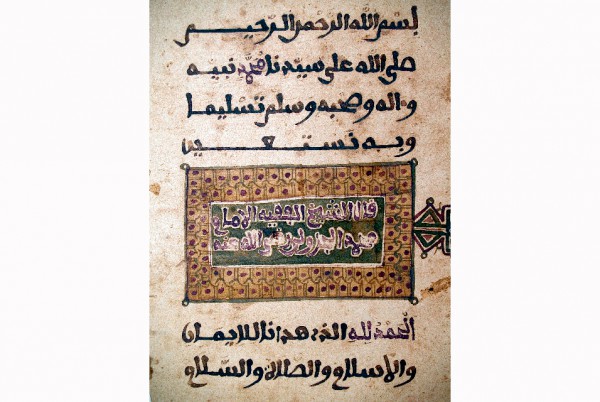Art & Exhibitions
Timbuktu Manuscripts Rescued from Jihadist Destruction Go on View


Henri Neuendorf

The Center of Fine Arts, Brussels is exhibiting a group 16 priceless original manuscripts, which were saved from destruction when Islamist militants occupied the ancient city of Timbuktu in 2012.
When Islamist militants took Timbuktu during the Northern Mali conflict in 2012, Abdel Kader Haidara mobilized 32 of the city’s libraries to secretly smuggle their collections of ancient manuscripts on African history, mathematics, chemistry, and law to the capital Bamako. The smugglers risked their lives to preserve the world-renowned artifacts for future generations.
During the war, occupying Jihadists forces imposed harsh sharia law on the population and sought to destroy any cultural items that did not correspond with their extremist worldview. By the time the militants stormed the region’s libraries, all that remained were 19th and 20th century religious books and a few insignificant miscellaneous texts.
Speaking of the operation, the art historian Julie Chaizemartin told Art Daily, “It is one of the biggest cultural rescue operations ever in the context of an exacerbated political-ideological war.”
Timbuktu, which is a UNESCO world heritage site, was a bustling hub of trade in the 15th and 16th century. The city’s geographical location on the banks of the Niger River attracted merchants from all over Africa and the world, making it one of Africa’s most tolerant and culturally diverse regions.